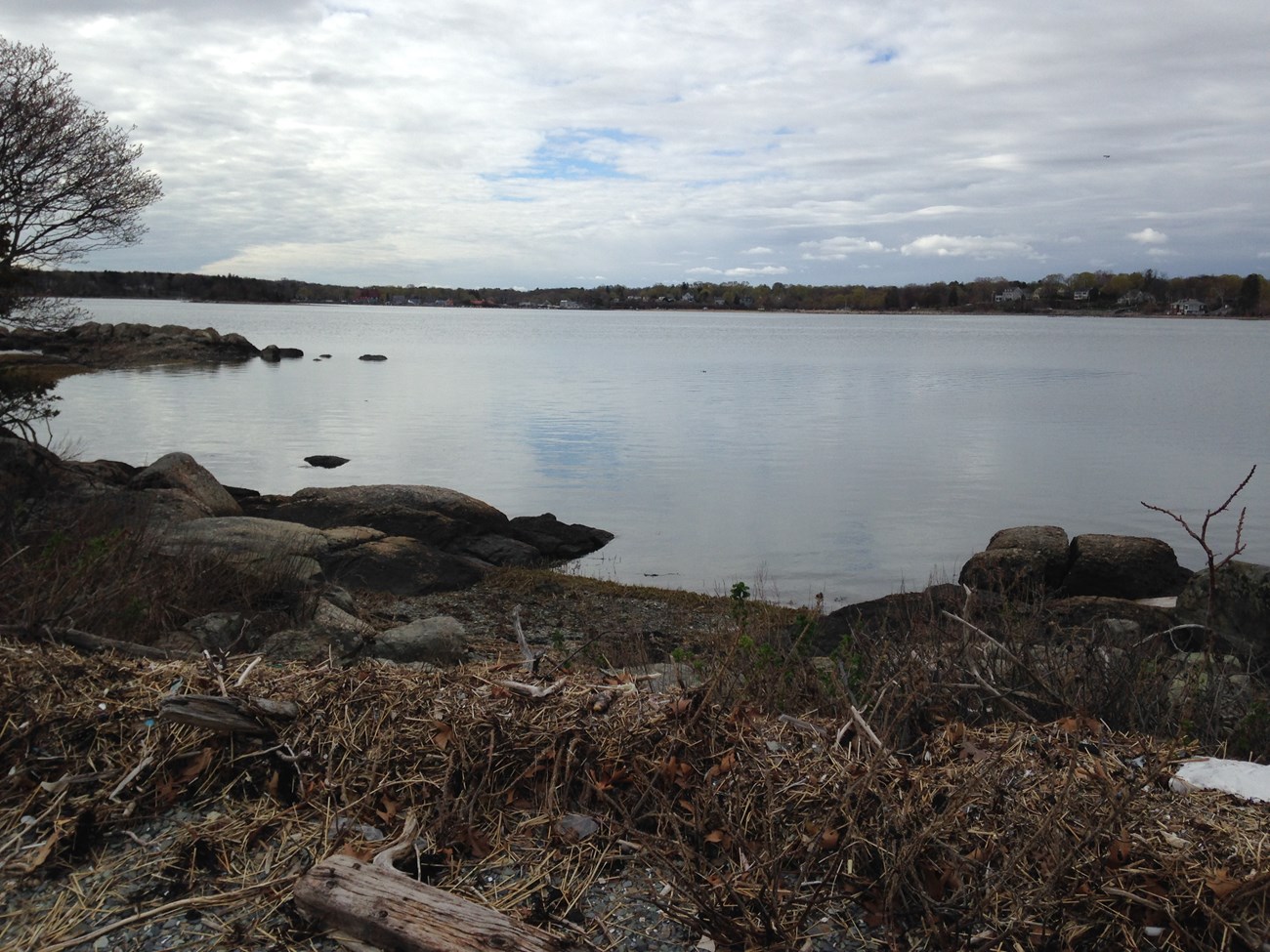
NPS Photo This little island is enjoyed by many for quiet reflection. As one of the four islands located in Hingham Harbor, Ragged Island holds views of the Town of Hingham and surrounding islands. Poison ivy and greenbrier have prevented further exploration of the island. General InformationThis island of Boston Harbor Islands National and State Park is managed by the Town of Hingham. Visitor Facilities & Services
Short HistoryPrior to European settler colonization, Indigenous peoples accessed the island seasonally. Colonists probably removed trees for firewood. The island was occupied in the late 1600s by a local tradesman, John Langlee and his family. In the late 1800s, the island was developed as part of a summer resort. Of the four islands in Hingham Harbor it was the most built upon, once hosting a restaurant and rustic observation shelters. Evidence of structures and possibly a well remain visible. Natural History OverviewVegetationAn 1893 account in The History of Hingham described the vegetation on the island as a very picturesque mass of rock, and the scarlet and yellow of the sumacs, and other wild shrubs, form a fiery contrast to the deep olive green of the savins here and there among the ledges. At half-tide, the rusty underwater coloring of the rocks of these islands, supplemented by the dark, yellowish-russet tints of the rockweed, which only grows submerged on the ledges, is very interesting in an artistic point of view. Today, Ragged has an interesting mix of cultivated and naturalized plants. Drifts of Lily-of-thevalley and daylilies grow under large trees including a row of silver maples, red maple, Norway maple, cedars, and a Norway spruce. A grove of lindens grows near the center of the island. An enormous maple suitable for climbing stands nearby. Exploration of the island is hampered by greenbriar and poison ivy. WildlifePlease see Animals page for more information. GeologyMasses of Roxbury Puddingstone conglomerate rise from the shoreline to a height of 30 feet. Broken ledges surround most of the island with small gravel beaches on the southeast and northwest sides with small tidal mudflats. The soil in the center of the island supports tree and shrub cover. Water FeaturesA pipe in the ground below an enormous Norway spruce may be a well head. Further research is required. Views and VistasFrom the ledges bounding the island, one can see Boston, Peddocks, and Bumpkin, Langlee, Sarah and Button Islands, Worlds End, and Hingham Harbor. Structures
|
Last updated: November 30, 2023
